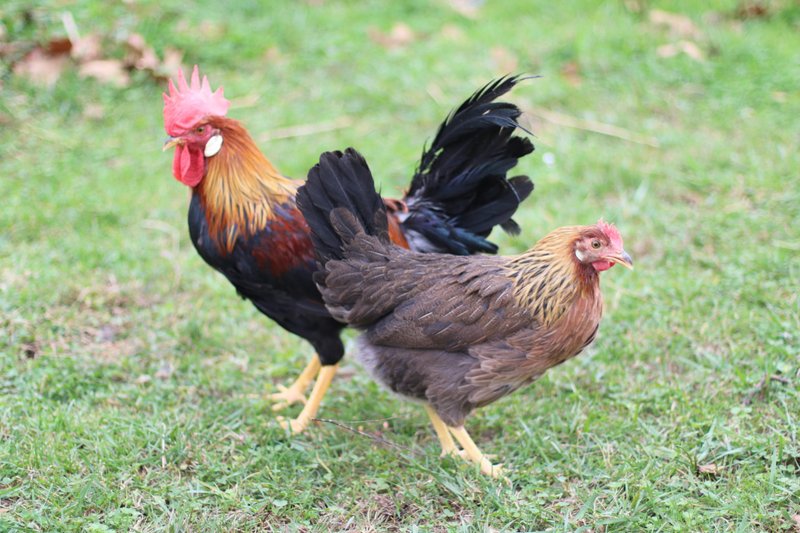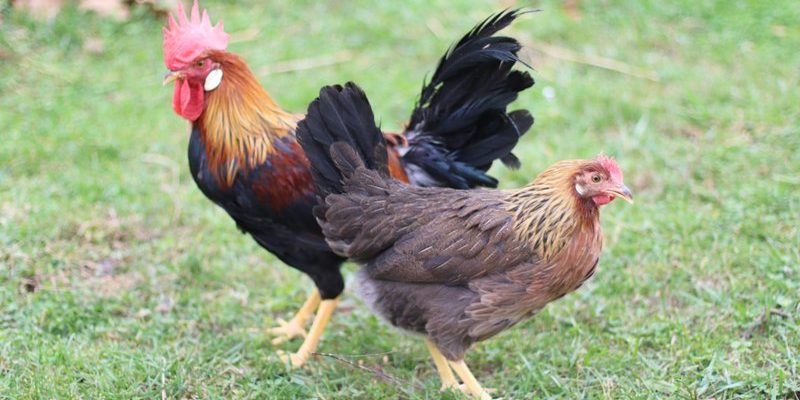
Let’s dive into this topic and untangle the truth about the **Leghorn**. Think of it as peeling back the layers of an onion—each layer revealing something new and important. By the end of this article, you’ll have a clear picture of what’s happening with Leghorns and why it matters.
What is a Leghorn Chicken?
Leghorn chickens are a breed that originally hails from Italy, specifically the region of Tuscany. They’re often recognized for their striking white feathers and graceful stature. But there’s so much more to them than just their looks. These birds are often bred for their remarkable egg production. They can lay around 280 to 300 eggs per year, making them a top choice for commercial poultry farmers.
One neat aspect of Leghorns is their personality. They tend to be quite active and curious, often seen exploring their surroundings. If you’ve ever watched chickens, you know they can be pretty entertaining! But it’s their low-maintenance nature that makes them especially appealing in various settings—whether it’s a small backyard farm or a larger commercial operation.
You might be wondering, why should I care about Leghorns? Well, as we peel back the layers, we’ll see how their status as a breed reflects broader trends in agriculture, biodiversity, and sustainability.
Current Threat Status of Leghorn Chickens
So, just how at risk are Leghorns these days? The good news is that, generally speaking, Leghorn chickens are not currently classified as threatened or endangered. In fact, they are quite common in many parts of the world, particularly in the United States, where they are extensively bred for their high egg production.
However, it’s essential to be aware that not all varieties of Leghorns share this robust status. Some heritage breeds of Leghorns, like the Black or Brown Leghorns, may not enjoy the same level of popularity, resulting in decreased numbers in certain areas. As demand for more commercially viable breeds increases, these lesser-known varieties could face challenges.
Here’s the thing: while Leghorns as a whole are not threatened, there’s always a risk that specific strains could become less common. Over time, as agriculture adapts to consumer preferences, some breeds may fade into obscurity. Ensuring the survival of all Leghorn varieties requires thoughtful breeding practices and consumer awareness.
Reasons for Concern: Agricultural Practices
Though Leghorns are currently thriving, several agricultural practices can place them at risk in the long run. If commercial farmers focus solely on breeds that yield higher profits—like certain hybrids—the genetic diversity we need for a healthy poultry population can dwindle. And that, my friends, can lead to a future where even popular breeds like the Leghorn might be affected.
For example, the rise of battery farming has led to an increase in production-focused breeds. These practices may overshadow the importance of maintaining various types of chickens, including the different Leghorn strains. Biodiversity in livestock is crucial for a resilient food system. If a disease were to strike a uniform population of birds, the consequences could be devastating.
So, what can we do? Awareness and advocacy play huge roles. Supporting local farmers who practice sustainable and ethical farming can help keep the Leghorn and other breeds thriving.
The Role of Heritage Breeds
You might be asking, “What’s a heritage breed, and why do they matter?” Heritage breeds are traditional livestock breeds that have been meticulously developed over many generations. They’re typically known for their unique characteristics and adaptability to local environments. Leghorns can fall into this category, especially the less common varieties.
These breeds often display greater genetic diversity than commercial counterparts, making them more resilient to diseases and climate changes. By maintaining a variety of Leghorn strains, we help safeguard the gene pool for future generations. Think of it like keeping a diverse library of books—each one valuable in its own way, contributing to the overall knowledge and culture.
Preserving heritage breeds like Leghorns can also enrich our culinary experiences. Have you ever noticed how different eggs have different flavors? Well, that’s largely due to the breed of the chicken. By choosing to support heritage breeds, we can appreciate the unique qualities they offer.
How to Support Leghorn Chickens
So, how can you get involved and help support the Leghorn breed? Here are a few suggestions:
- Buy Local: When purchasing eggs or chickens, consider buying from local farms that raise Leghorns or other heritage breeds.
- Learn and Share: Educate yourself and share knowledge about the importance of genetic diversity in poultry.
- Advocate for Sustainable Practices: Support legislation and initiatives that promote ethical farming practices.
- Get Involved: Consider joining organizations that focus on preserving livestock heritage breeds.
Supporting Leghorns doesn’t mean you have to change your entire lifestyle! Even small choices can contribute to promoting a more sustainable and diverse food system.
In summary, while Leghorns are not currently considered threatened or endangered, we must remain vigilant. Our agricultural practices and consumer choices have a lasting impact on the survival of different breeds. By prioritizing biodiversity and supporting heritage breeds, like Leghorns, we’re investing in a future that values both sustainability and flavor.
So the next time you crack an egg, take a moment to appreciate the journey that brought it to your table. Remember, the Leghorn, with its rich history and unique traits, is more than just a chicken; it’s a vital part of our agricultural heritage. Here’s hoping we can keep those Leghorns clucking for years to come!

